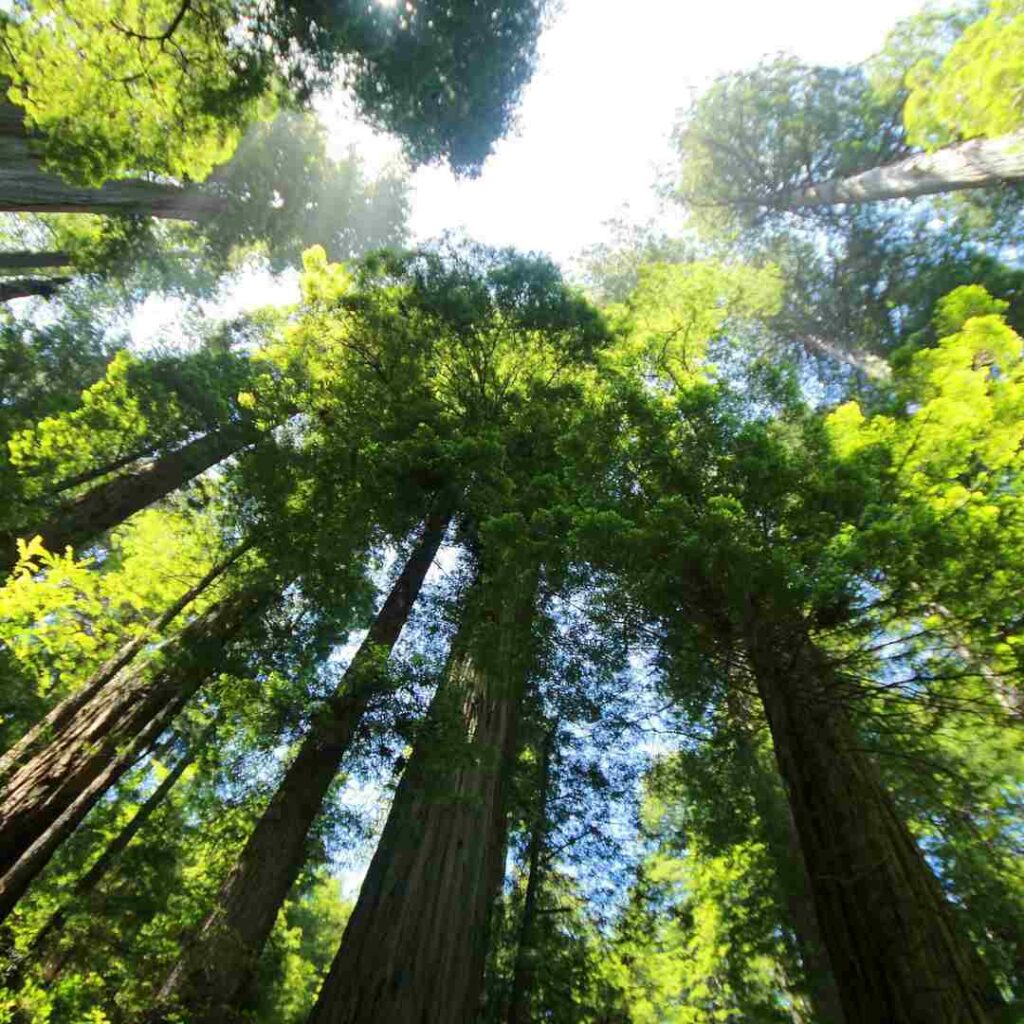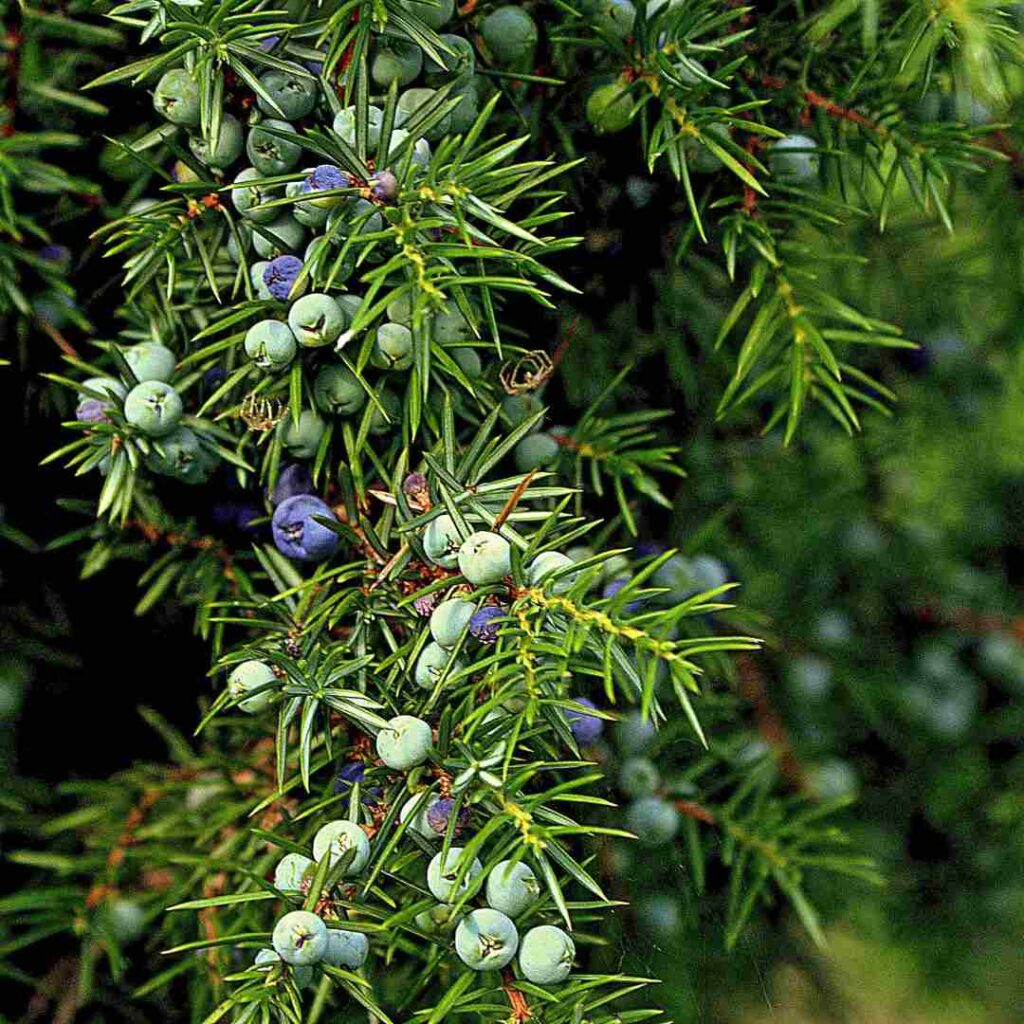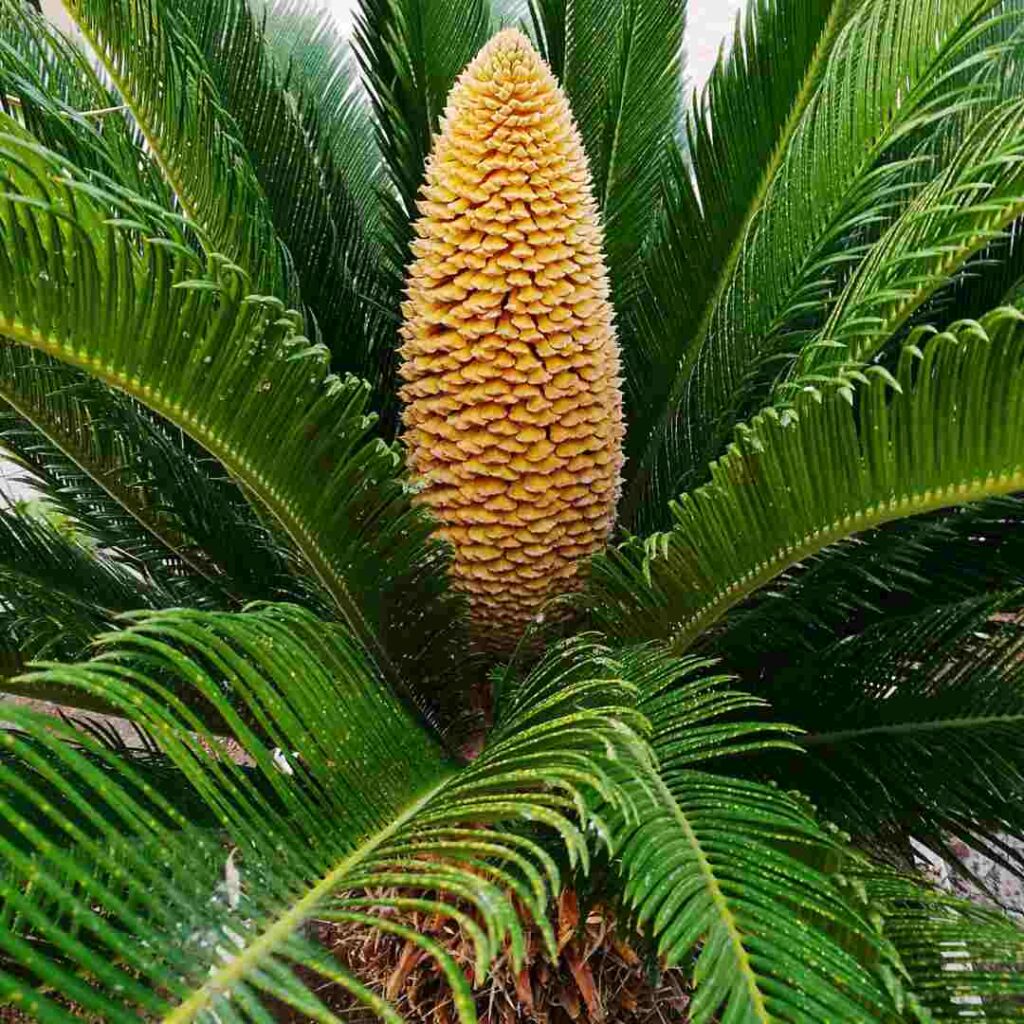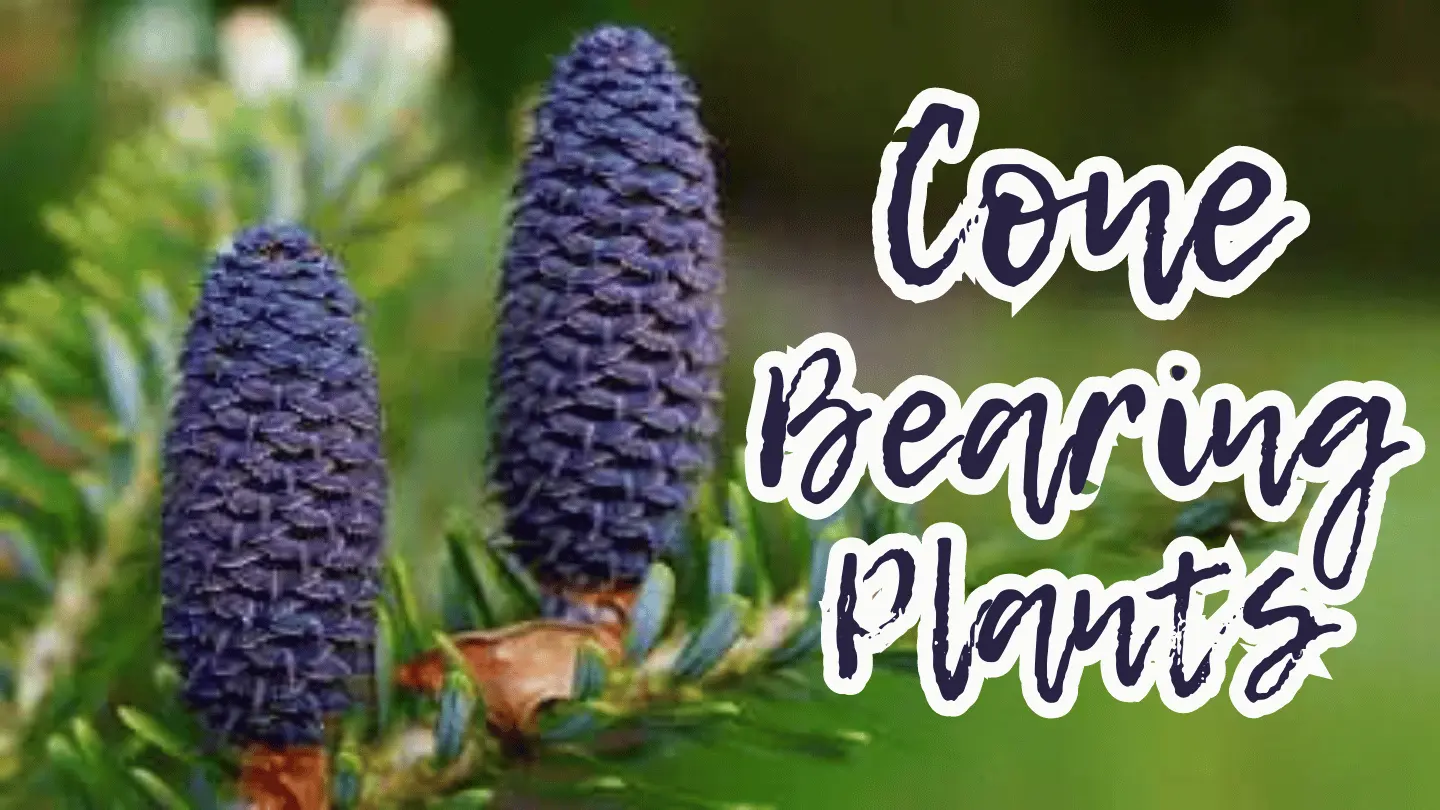We use affiliate links to run our site. When you buy through links on our site, we may earn an affiliate commission, without any added cost to you. Learn more
Ever wondered which cone bearing you should grow at your home? There are a lot of conifers and sometimes it is hard to decide which one to plant. So, we decided to put together a list of some popular cone-bearing plants in this post.
This list is based on several important factors such as display, size, and scent. These Christmas tree alternatives make excellent choices for those who don’t like the traditional pine tree.
Table of Contents
What is A Cone Bearing Plant:
Cone-bearing trees are a plant group that includes all members of the pine tree, fir tree, and spruce tree families. What separates them from other plant groups is that these trees produce cones, which are specialized reproductive structures.
These cones contain both the seeds for future tree growth and the pollen to fertilize female cones. Because of this reproductive system, cone-bearing trees can produce seeds in areas where other traditional flowering plants get crowded out by forestation.
Cone-bearing trees belong to the group gymnosperms, and the largest subgroup of gymnosperms are conifers. Cone-bearing plants are also known as conifers.
Where Will You Find Cone Bearing Trees:
Conifers are generally found in areas that have long winters and moderate to high annual precipitation.
They are also found in mountains in many parts of the world. Pines, spruces, firs, and larches are the dominant trees in coniferous forests.
Characteristics of Cone Bearing Plants:
Some of the characteristic features of a conifer plant are:
- Unlike angiosperms, they do not produce flowers.
- They are perennial, woody plants.
- Most of the cone-bearing plants are trees, and some of them are shrubs.
- They are mostly evergreens and don’t shed their leaves in winter.
- They usually have leaves that are usually long and thin and have a needle-like appearance.
- They have a narrow, conical appearance which helps to shed snow.
- Many conifers produce a strongly scented resin that is a defense against insects and fungi.
- Some conifers grow to be the tallest, thickest, and oldest trees on earth.
Evergreen Cone Bearing Trees:
Most of the conifers are evergreen in nature, which means they don’t shed their leaves in winter. Although all cone-bearing trees seem like the same tree to a casual observer, they vary in size, shape, and color. Evergreen conifers are most commonly used in landscaping and to produce Christmas trees.
Deciduous Cone-bearing Trees:
While most cone-bearing trees are evergreens, some cone-bearing trees are deciduous, which means that they lose their foliage during the winter.
Some of the popular deciduous cone-bearing trees are Larches, dawn redwoods, and bald cypresses.
Conifer Leaves:
Leaves of a conifer plant are commonly known as needles or scales and their appearance also varies depending on the plant species.
Conifer leaves can be of three types:
- Linear leaves: These can be short or long, with a pointed tip like a sewing needle.
- Acicular leaves: These are more or less flat, with a blunt tip.
- Scaly leaves: Scales are generally flat and very short, tightly packed together.
As most of the conifers are evergreen the leaves remain with the plants for several years and maintain their green appearance throughout seasons.
Although some cone bearing plants are deciduous in nature. So their leaves turn yellow in autumn and fall off in winter. These plants renew their leaves every year.
How Cone Bearing Plants Reproduce:
Cone-bearing plants produce two types of cones: male cones and female cones. Male cones produce pollen, which is found inside the structure of the cone. The pollen grain can travel through the air and land on a female cone.
Once it lands on the female cone, it makes a pollen tube, through which sperm cells travel to the female ovule. Once the sperm cell fertilizes the egg cell, it eventually becomes a seed.
Cones Vs Flowers:
Cones and flowers both have some similarities as well as some differences. look completely different, but they have more similarities than you may think.
Both cones and flowers generate seeds for reproduction. Both of them use pollen tubes to fertilize the egg cells.
However, there are some basic differences also. Cones are only produced by gymnosperms or coniferous trees. Flowers on the other hand are a characteristic feature of angiosperms like monocots and dicots.
Matured cones are almost woody, elongated, and are made up of scales. Flowers on the other hand have colorful petals and are very delicate in nature.
Although both cones and flowers produce seeds and are used for reproduction, The processes differ. Flowers use pollinators like bees, butterflies, etc to spread their pollen cones on the other hand they rely solely on the environment like wind and air to spread the pollen.
Cone-bearing Plants Vs Spore-bearing Plants:
The basic difference between a cone bearing plant and a spore-bearing plant is that core bearing plants produce pollen and seeds but spore bearing plants do not, they only produce spores and gametes.
List of Cone-bearing Trees:
Here is a list of 10 popular plants that bear cones.
Pine:

When we think about cone bearing plants the first name that always comes to mind is Pines. They are also one of the oldest living conifers. These evergreen trees can grow up to 250 ft in height.
Pines have the male and female cones on the same tree. Each cone has numerous spirally arranged scales.
Pines love the sun and can not tolerate shady growing conditions. You can also use pines to make bonsai.
Cedar:

Cedar trees are originally from the mountains of the western Himalayas and the Mediterranean regions. They can grow up to 60 meters. They have evergreen leaves.
Some popular cedar tree varieties are:
- Atlas cedar
- Cyprus cedar
- Deodar
- Lebanon cedar
Cedar is very popular as an ornamental tree. Cedarwood and cedarwood oil are natural repellents to moths.
You can also grow cedar as bonsai.
Redwood:

Redwoods are also called Sequoioideae. Redwoods are commonly found in California and south-central China.
They are some of the tallest trees in the world (Attaining soaring heights of more than 300 feet) and can also live for thousands of years.
Because of their shallow but widespread roots, redwood trees intertwine with the roots of other trees. This gives them stability during storms and floods.
You can grow redwood plants in pots by mimicking a coastal habitat on your patio.
Juniper:

Juniper trees are quite common in the northern hemisphere. You will find a lot of juniper trees in parks and gardens.
Junipers vary a lot in terms of size and shape. Some of the junipers can reach a height above 130 ft whereas some have low-spreading long, trailing branches.
The juvenile foliage of the plants is very prickly to handle as they have pointed sharp needle-like leaves.
Juniper prefers well-drained soil and loves full sun. They are one of the popular choices for making bonsai as they have some miniature cultivars.
Cycas:

There are 100+ types of cycas plants in this world. out of which Sago Palm or King Sago Palm are the most popular ones.
Unlike other cone bearing plants cycas does not form seed cones on female plants, but rather a group of leaf-like structures called megasporophylls each with seeds on the lower margins.
Most cycas plants are found in eastern and southeastern Asia, the Philippines, eastern Africa, Australia, etc.
White Spruce:

The white spruce is an outstanding conifer. It never drops its needles and can stay green for an average of twenty years. It has light green or even bluish-colored needles that are about 1 inch long.
White spruce can get a height of 40 meters. Ideally, Although they grow well in a wide variety of sites and moisture conditions. Ideally, you should give them well-drained, moist fertile soils. Any soil pH between 4.5 to 7.5 is okay for white spruce.
One of the most common uses of white spruce trees in landscaping is for Christmas tree farms. They are short, stiff needles with evenly-spaced branches for easy hanging of ornaments, which makes them ideal for this purpose.
Fir:
The name of the tree is derived from the Latin “to rise” as a reference to their height.
In the wild, these trees can reach a height of 250 ft. The fir leaves are relatively flatter than other cone bearing trees. They are evergreen trees.
The wood of the Fir Tree is often used in the manufacture of light boxes, crates, plywood, interior knotty paneling, etc. Fraser Fir and Balsam Fir trees are the most popular Christmas trees in North America.
Blue Spruce:
Blue spruce is also known as Colorado Spruce. The leaves of this spruce are blue-green in color.
In the wild, these plants can achieve a height of 75ft. If you want to grow blue spruce in your small-sized garden opt for the dwarf blue spruce species. Most of them will remain under 8 ft and also take time to mature.
Blue spruce are popular as medicinal as well as ceremonial plants.
Canadian Hemlock:
Canadian hemlock or eastern hemlock spruce is a cone bearing plant that is native to North America.
Canadian hemlock needs moist, acidic soil with good drainage. You can grow these plants both in full sun or partial shade. This tree grows at a slow to medium rate, with an annual height increase of 12″ to 24″.
The hemlock tree has many uses. The young tips of the twigs are good to boil in water to make a kind of tea drink. You can also eat the inner bark, raw or boiled. you can also prepare flour out of it.
Ginkgo:

With its unique, fan-shaped leaves and stunning yellow color in the fall, ginkgo certainly stands out. The ginkgo has been around for over 200 million years and is extremely tolerant of human activity.
They are large trees and can reach a height of 100 ft.
Ginkgo is commonly used in traditional Chinese medicine. It is known to improve memory, reduce inflammation, fight cancer cells, protect the liver, and more.
Ginkgo are also known as maidenhair trees. Under proper growing conditions, they can live for over a thousand years.
Plant your ginkgo tree in full sun or partial shade just make sure it receives at least 4 hours of sunlight.
We hope this post was informational for you. If you like the post don’t forget to share it with others.
Amazon and the Amazon logo are trademarks of Amazon.com, Inc, or its affiliates.

Hi there! My name is Prasenjit and I’m an avid gardener and someone who has grown a passion for growing plants. From my hands-on experience, I have learned what works and what doesn’t. Here I share everything I have learned.
